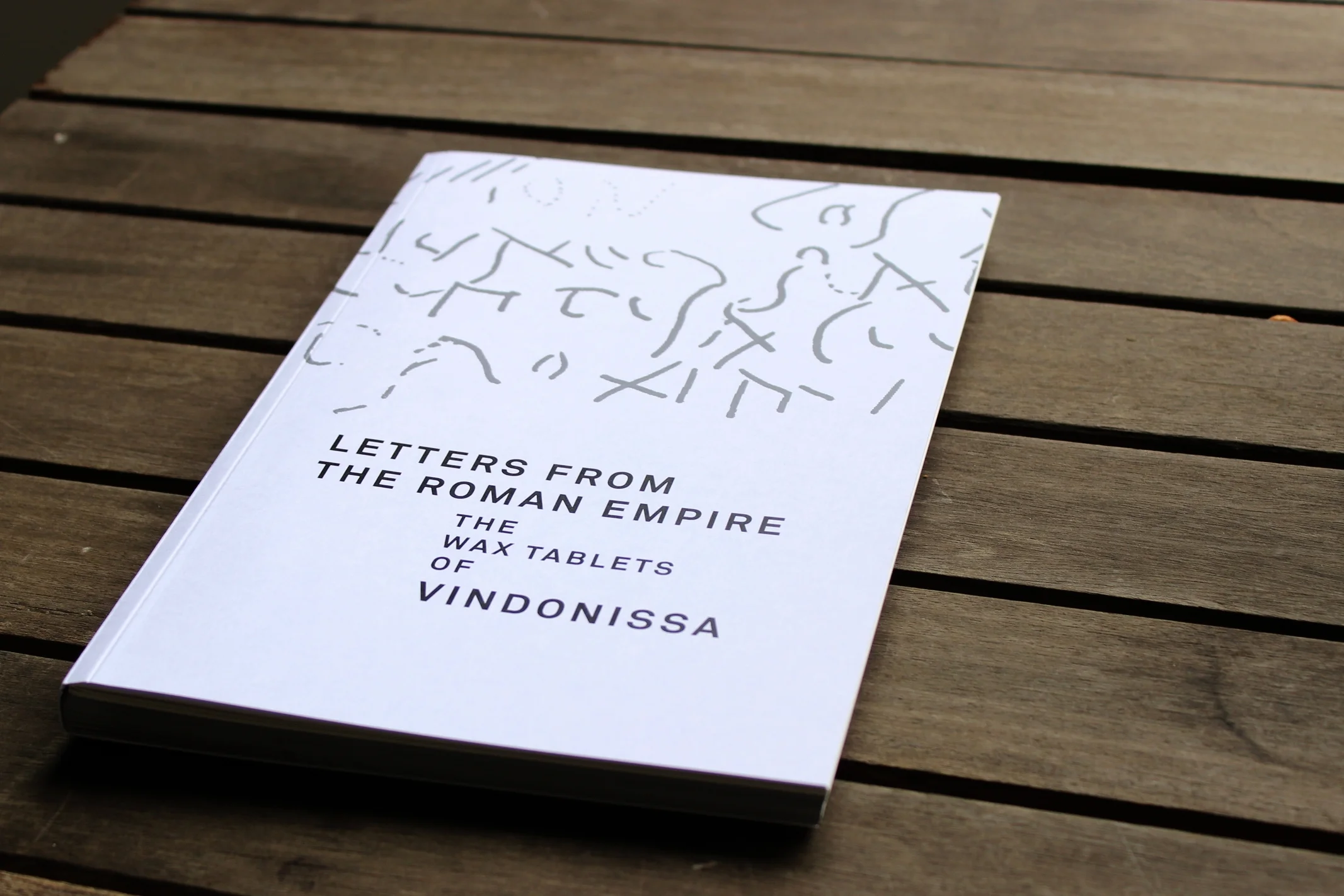In the fourteenth century, builders in present-day Windisch, Switzerland, uncovered remains of mosaic flooring and Roman coins: the first signs of the Roman legionary camp of Vindonissa. Ever since this first discovery, the land in Windisch has been yielding Roman treasures, slowly revealing the story of Vindonissa and the legionary soldiers who lived there.
One of the most important archaeological finds is the large collection of wooden tablets, bearing the remnants of letters written to and by the soldiers of the Roman legions at Vindonissa. These letters provide an intimate view of the lives of the residents of Vindonissa.
“Letters from the Roman Empire” provides information about Vindonissa, its function and its history, as well as a catalogue of the 70 legible letters found at the site, written in Latin with English translations.
This project was a labour of love, since it combined my love of editorial design with my passion for history and archaeology. The content was created through in-depth research, with the help of the Gesellschaft Pro Vindonissa. The design reflects traditional archaeological catalogues through its clean, straightforward layout, with modernist touches.













































